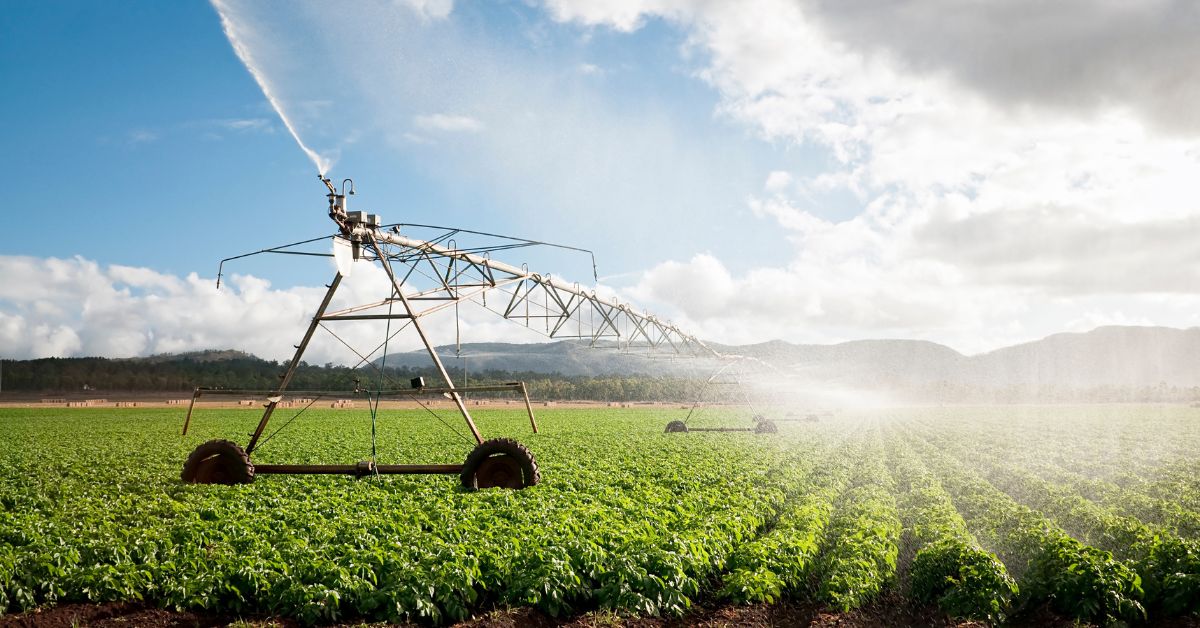In 2025, agriculture is no longer just a matter of planting and harvesting—it’s a matter of timing, data, and market sensitivity. Within this evolving ecosystem, the term “crop specials” has emerged as a crucial buzzword for farmers, wholesalers, food distributors, and agricultural retailers. But what does it really mean? And how can farmers and buyers best leverage it?
This article takes an in-depth look at the concept of crop specials: their relevance, structure, and implications across the modern agricultural economy.
What Are Crop Specials?
At its core, crop specials refer to targeted pricing promotions or volume-based deals on seasonal crops. These are time-sensitive offers—either from producers looking to sell rapidly due to peak yield, or from buyers seeking to capitalize on temporary surpluses.
The term encompasses:
- Bulk purchase discounts
- Short-window deals at harvest peak
- Pre-sale packages on expected surpluses
- Online auctions or co-op flash sales
Increasingly, crop specials are also integrated into digital marketplaces, which use AI and analytics to forecast availability, match sellers with regional demand, and optimize logistics.
READ MORE: Understanding 5starsstocks.com Military: How Defense, Markets, and Digital Intelligence Converge
Why Are Crop Specials Growing in Importance?
The agriculture industry in 2025 is shaped by climate variability, cost volatility, and the rise of direct-to-consumer platforms. Crop specials provide solutions for:
- Reducing post-harvest waste
- Improving cash flow for small farms
- Creating margin-friendly purchasing options for buyers
- Encouraging local sourcing and regional supply chain resilience
Types of Crop Specials in Today’s Market
1. Time-Sensitive Harvest Sales
Common for perishable goods like berries, leafy greens, or root vegetables nearing their expiration.
2. Volume Incentives
Discounts offered when a buyer purchases above a specified quantity—popular with co-ops, grocers, and institutional buyers.
3. Pre-Harvest Contracts
Buyers commit early to a crop, guaranteeing farmers liquidity before harvest.
4. Surplus Divestment Deals
Used when there’s excess yield or unexpected volume due to optimal growing conditions.
5. Digital-Only Flash Offers
Platforms like AgriDrop and CropCart offer limited-time deals driven by algorithmic pricing.
The Role of Digital Agriculture in Crop Special
Technological platforms are redefining how specials are created and distributed. AI models predict surplus zones weeks in advance, while blockchain contracts ensure pricing transparency. Apps notify buyers in real-time when their preferred produce goes on promotion.
Key Technologies:
- Predictive weather-yield models
- Smart pricing engines
- Geofencing for local deal alerts
- Tokenized loyalty and rewards for frequent buyers
Who Benefits from Crop Specials?
Farmers:
- Get guaranteed sales during harvest windows
- Reduce perishables going to waste
- Improve cash flow and free up storage space
Retailers and Buyers:
- Access fresh crops at favorable prices
- Build flexible inventory without long-term contracts
- Plan weekly specials around regional surpluses
Consumers:
- Enjoy fresher produce
- Buy from local or regional sources
- Benefit from retailer promotions built around farm-level deals
Crop Specials by Region in 2025
- California Central Valley: Early peach and cherry specials in March-April
- Midwest Corn Belt: Bulk cornmeal and soybean oil deals post-harvest
- Pacific Northwest: Organic apple crate specials every fall
- India’s Deccan Plateau: Monsoon-driven rice and millet co-op sales
- East Africa: Coffee bean flash markets in Nairobi and Addis Ababa
Timing and Strategy
A successful crop special depends on aligning three variables:
- Peak Yield Timing
- Regional Demand Patterns
- Supply Chain Agility
Market-savvy producers now use dashboards that visualize local buyers, upcoming festivals, storage space, and shipping capacity to make their offers more attractive.
Building a Crop Specials Calendar
Farms and buyers now co-develop calendars for the year:
- January: Citrus sales (Florida, Spain)
- May: Leafy greens promotions (California, Italy)
- August: Melon and squash deals (Turkey, Mexico)
- November: Potato and root specials (Germany, Poland)
Such calendars can help plan crop cycles, transport, retail promotions, and even labor contracts.
READ MORE: Roofing Cop: A New Figure in Construction Oversight and Urban Safety
Risks and Considerations
Despite the benefits, there are pitfalls:
- Overreliance on specials may compress long-term margins
- Buyers may demand recurring specials, pressuring farmers
- Data errors can cause misaligned supply/demand deals
Risk mitigation tools include real-time data correction, partner transparency clauses, and regionally segmented contract clauses.
Crop Specials and Sustainability
Crop specials support sustainability by:
- Reducing spoilage and overproduction
- Localizing distribution networks
- Rewarding efficient harvest-to-market timelines
Some co-ops use the savings from crop special to reinvest in:
- Drip irrigation systems
- Biodiversity initiatives
- Farmworker education
The Economics Behind It
A simple model of supply elasticity shows:
- High-yield seasons depress market price unless demand expands or supply is quickly redirected
- Crop specials function like temporal arbitrage, helping align glut and scarcity
Final Reflection
In the old model, agricultural commerce was slow, rigid, and reactive. In 2025, crop specials represent agility, collaboration, and precision timing. Whether you’re a farmer with 20 hectares of leafy greens or a school district meal planner, tapping into this system can mean better margins, fresher food, and a more sustainable supply chain.
And while it’s a tool, not a cure-all, crop specials show what’s possible when agriculture meets modern technology, market logic, and community intent.
FAQs
1. Are crop specials only available during harvest?
Mostly yes, but pre-sale and storage-driven offers may occur in off-seasons.
2. Can small farmers benefit from crop specials?
Absolutely. It’s especially effective when coordinated through co-ops or local platforms.
3. How do buyers find real-time crop specials?
Through digital apps, co-op networks, or direct farm subscriptions with alerts.
4. Are there certifications involved in crop specials?
Some programs use traceability tags, fair trade marks, or blockchain verification.
5. Do crop specials affect retail pricing?
Yes. Retailers often pass some savings to customers, especially during planned seasonal promotions.









